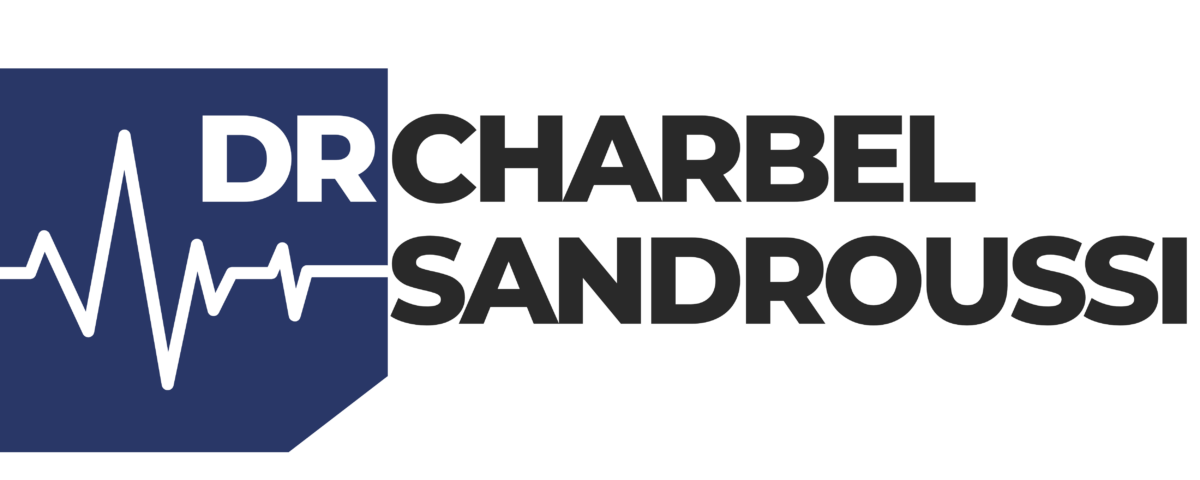Pancreas
The pancreas is a gland that lies at the back of the upper abdomen, behind the stomach. It is shaped like a tadpole; the rounded head lies attached to the duodenum (a part of the intestine that forms the outlet of the stomach), while the body and tail extend across to the left side. The pancreas produces digestive juices and aids the digestion of food. Pancreatic juice and bile mix with food in the intestine and help digestion. The pancreas also produces insulin which controls the level of sugar in the blood. Lack of insulin causes diabetes.
The operation to remove the head of the pancreas is called pancreaticoduodenectomy.





